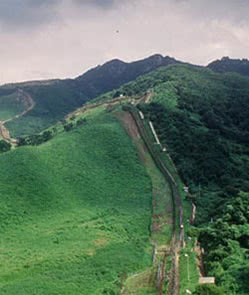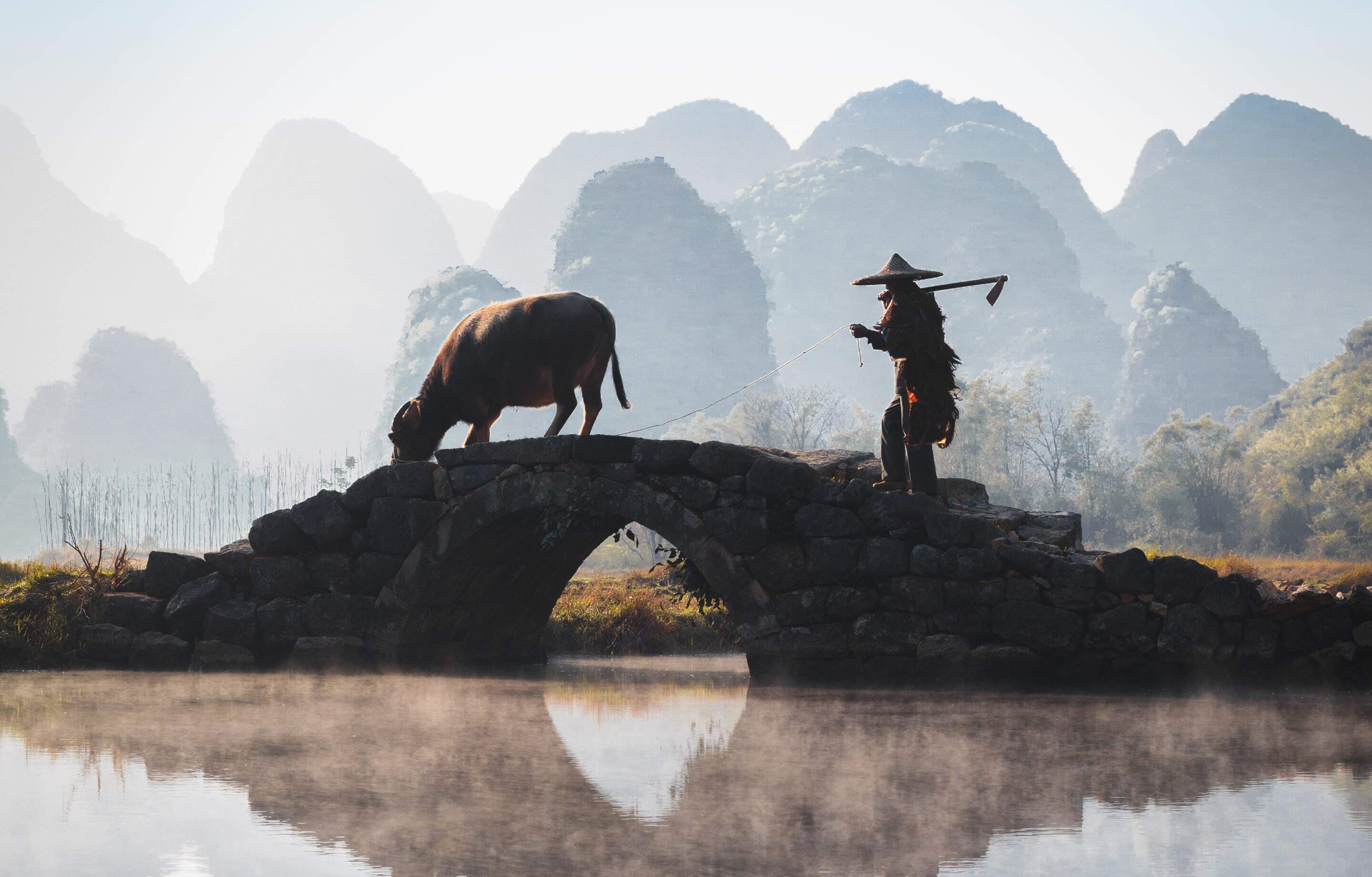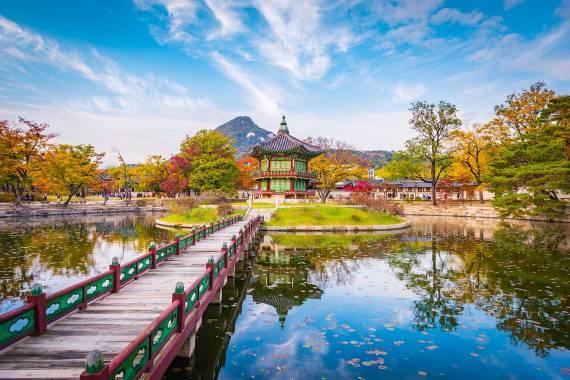
Accommodation in the DMZ
Due to its proximity to Seoul, visiting the DMZ is a simple day trip.
In the West, the DMZ is perhaps best known for the Joint Security Area, the only place where North Korean soldiers stand face-to-face with their South Korean and American counterparts - and which has seen its fair share of bloodshed and antagonism throughout the decades. In addition, the DMZ is famous for the Third Tunnel of Aggression, one of a series of underground invasion routes dug by the North Korean military.
A handpicked selection of experiences endorsed by our experts. If you can’t see what you’re looking for, let us know, as our extensive network of local contacts can open many doors.
Stop at Dorasan Station, a thoroughly modern train station that is physically linked to North Korea. If and when Korea is reunified, Dorasan will purportedly be the transit point for trains between Seoul and Pyongyang. Soldiers positioned here are friendly and willing to take photographs with you, so don't be shy.
While the rift between North and South Korea has been oft-trivialized and rendered abstract by 24-hour news outlets, Freedom Bridge serves as a poignant reminder of the human dimension behind the Korean Civil War. The small, wooden footbridge is littered with pictures, ribbons, and letters from family members and friends in the south, who have been separated from their loved ones in the north. Near the bridge lies a ruined, derelict train, destroyed during the Korean War, and an observatory where curious tourists can peek into the silent reaches of North Korea.
Visit the Joint Security Area (JSA) at Panmunjom, the only place where North and South Korean forces stand face to face. The JSA is the site of the famous "three blue sheds" that straddle the border with North Korea, so you can actually step over the line into the DPRK. Normal visits to the DMZ from South Korea do not include the Joint Security Area, but with enough lead time, Remote Lands can arrange for special access. In contrast, all visits to the DMZ for travelers in North Korea do include the Joint Security Area.
Take in the unintentional beauty of the DMZ: for all the political and emotional strife it represents, the DMZ has ironically become an “involuntary park,” or a stretch of land that has returned to its natural state in the absence of human intervention. Several endangered animal and plant species now thrive among the heavily fortified fences, including the extremely rare red-crowned crane (a frequent subject in Asian art), the white-naped crane, as well as the Siberian tiger, Amur leopard and Asiatic black bear.
Take a mini-train deep down into the Third Tunnel of Aggression, a subterranean passageway which snakes beneath the DMZ. Originally intended as an infiltration route, both North and South deny responsibility for the construction of the tunnel. As you walk through these areas that are a byproduct of the Korean War, feel free to speak with your guide about his/her thoughts on the rift between the two nations.
Explore in-depth information, experiences and highlights by navigating to specific regions using the links below.

Due to its proximity to Seoul, visiting the DMZ is a simple day trip.
Multi-Country Specialists

With Remote Lands you'll travel with people who have made Asia the solitary focus of their own lifelong adventure. As our guest, you'll discover Asia on a journey that is completely, authentically your own, adapted from our own remarkable experiences and adventures over the years.
An Asia-focused magazine brought to you by Remote Lands - a platform for adventure, luxury, and authenticity from experts and explorers around the continent.
Here is a small selection of the kind words our clients have said about us recently.

The guides they selected were very good and, in three cases (Seoul, Hoi An/Hue, and Angkor Wat) simply outstanding.